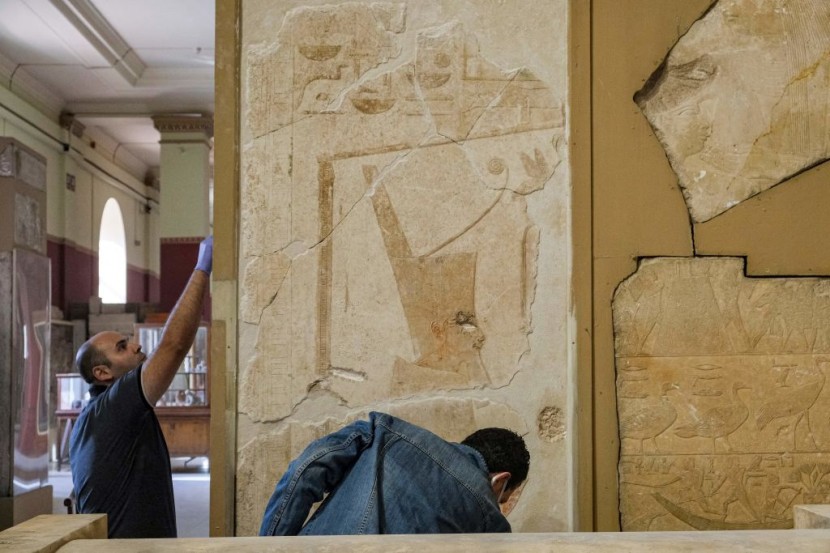
Archeologists in Egypt find in Athribis an ancient time capsule that reveals Egyptian life in 600 BCE, giving more records to the researchers.
A total of 18,000 tablets gave another insight into the increasing knowledge of life in the Nile Kingdom. The tablets were found in the ancient town, which is close to Sohag in the present day.
18,000 tablets unearthed in Egypt
Tablets found in ancient Egyptian towns where the ostraca were uncovered in the excavation are pottery engravings like modern notes.
Much like an old notepad that contained writings from personal letters, even included a laundry list, with equivalents of books before their modern form paper, reported the Express UK.
According to Professor Christian Leitz, an expert on the engraved tablets of the Institute for Ancient Near Eastern Studies, ostraca were the chosen medium to write things down with ink using a reed or a hollow stick, cited News Lanes.
He added that the study participants had seen how life would have been in the ancient town through the tablets.
Most of the potsherds that are 80-percent are written in Demotic, a standard administrative script used in the Ptolemaic and Roman periods, which was derived from the Hieratic soon after 600 BCE.
Other than Hieratic as the written form, other shards have hard Greek writing on them. Others would be hieroglyphic with rare chances of finding Coptic or Arabic writings.
Egyptian ostraca contents
Systems of writings on ostraca have pictures, words, or having a combo of two in the potsherd. These potsherds are an ancient time capsule of ordinary and everyday life in the town seen in the modern era.
Like modern-day living, the content of these relics are mostly listed, they included foods and even items used for day-to-day living in the ancient past. It was noticed that a bulk of the ancient notes were about a school when they were written.
These lists include months, numbers, math problems, grammar practice, and a bird alphabet. A bird would correspond to letter in their archaic alphabet.
Most interesting were ostraca, like writing activities used to punish students. One or two characters were written on the medium, but it was on both sides of the tablet, which would be harder to do. Records reveal that the ancient town was the capital of a tenth lower Egyptian enclave.
Palermo Stone
This ancient Egyptian settlement is about 40 km north of Cairo, located on the east bank in the Nile River's Damietta branch.
It dates back to Egypt's old kingdom mentioned in the well-known Palermo Stone. The town was first spoken of during the Reign of Sahure.
A few think the ancient city was verified in 2010, archeologists found a mastaba that existed later in the Third Dynasty and until the earth, Fourth Dynasty located in Quesna, noted Digital Patrox.
Although proof was found of occupancy in the 12th dynasty up to the Middle Kingdom epoch, researchers found that the artifacts were destroyed each year because the local farmers used materials like fertilizer found in archaic material used in ancient Egypt.
Athribis is significant because the ancient time capsule of the ostraca survived since the last dynasty ended referred to that place. Glimpses of life in this old town are captured in these tablets much like modern notes.
© 2025 HNGN, All rights reserved. Do not reproduce without permission.








